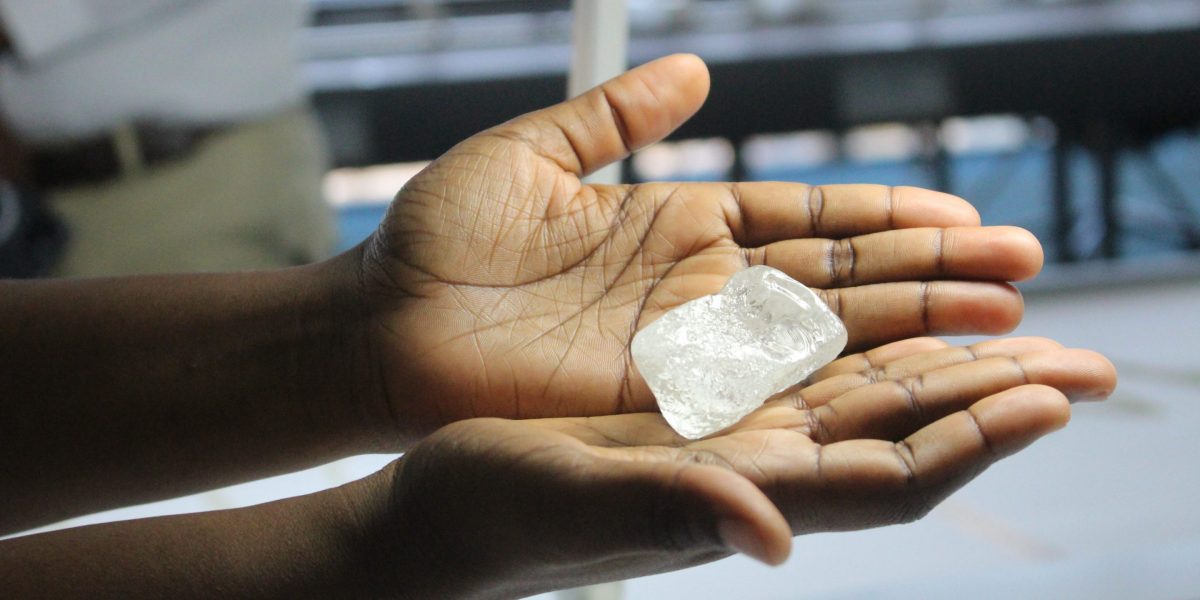The Internal Revenue Service released next year’s income tax brackets on Thursday, providing an early look at what Americans can expect to pay in their 2026 tax returns.
The IRS announcement comes three months after passage of President Donald Trump’s “One Big Beautiful Bill,” which renewed a suite of tax cuts for households and businesses. The inflation-adjusted brackets will apply to income earned in 2026 and typically filed in 2027. Adjusting for inflation means Americans must earn more before getting taxed in one of the higher brackets.
Here are the 2026 tax brackets for single individuals and married couples:
10% for single incomes of $12,400 or less ($24,800 for married couples filing jointly)
12% for single incomes over $12,400 ($24,800 for married couples filing jointly)
22% for single incomes over $50,400 ($100,800 for married couples filing jointly)
24% for single incomes over $105,700 ($211,400 for married couples filing jointly)
32% for single incomes over $201,775 ($403,550 for married couples filing jointly)
35% for single incomes over $256,225 ($512,450 for married couples filing jointly)
37% for single incomes greater than $640,600 ($768,700 for married couples filing jointly)
Other changes include a boost in the standard deduction as a result of the GOP tax law. That will be increased to $16,100 for singles and $32,200 for married couples.
IRS is implementing no tax on tipped wages for the first $25,000 of income for 70 jobs in the private sector. Those are mostly clustered around the service industry, so waiters, bartenders, and cab drivers are poised to qualify.
Notably, the IRS on Wednesday shuttered a significant portion of its operations as a result of the ongoing government shutdown now in its second week. The IRS will continue collecting tax revenue, a function deemed essential. About 40,000 IRS employees are exempt from the mass furloughs, according to a Treasury plan.
























